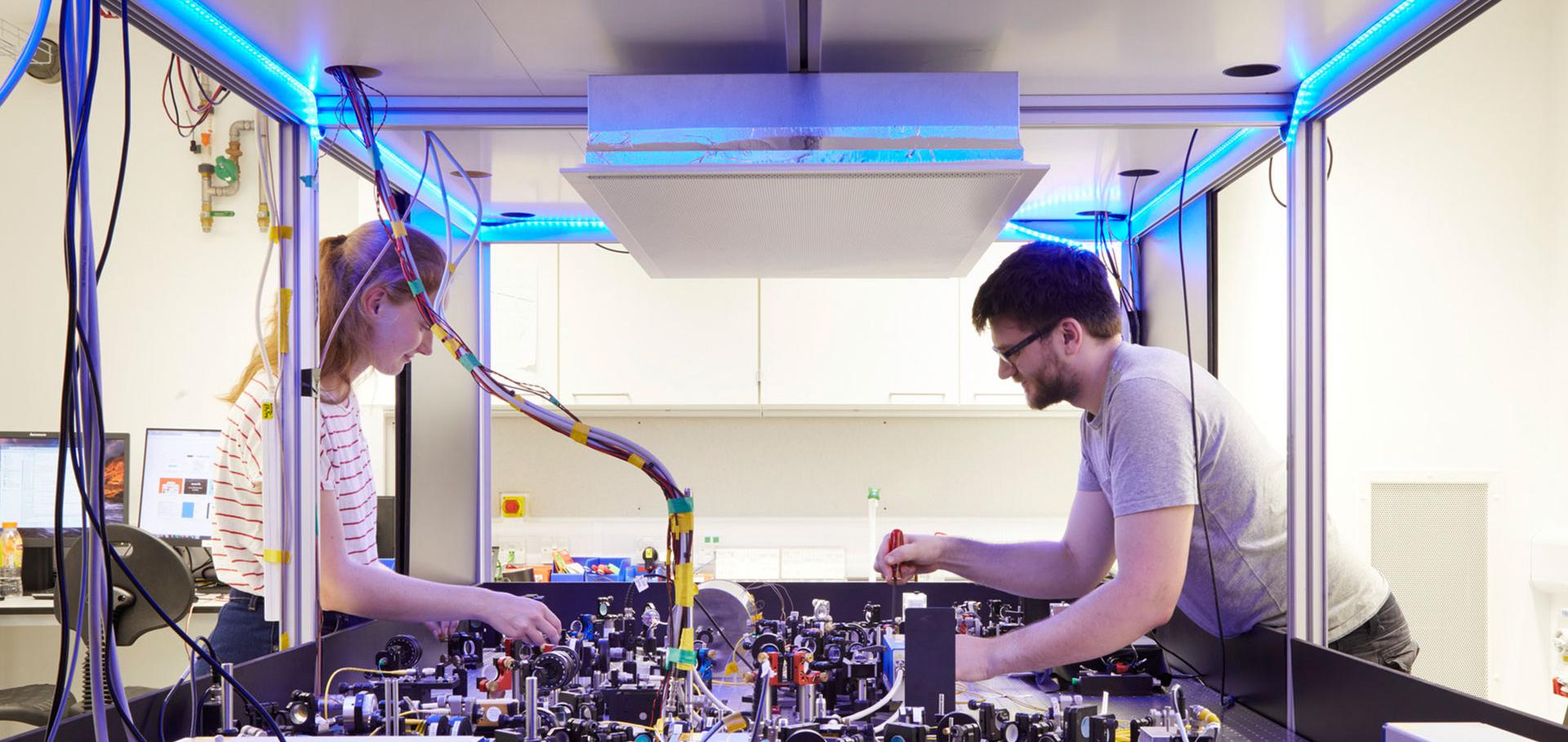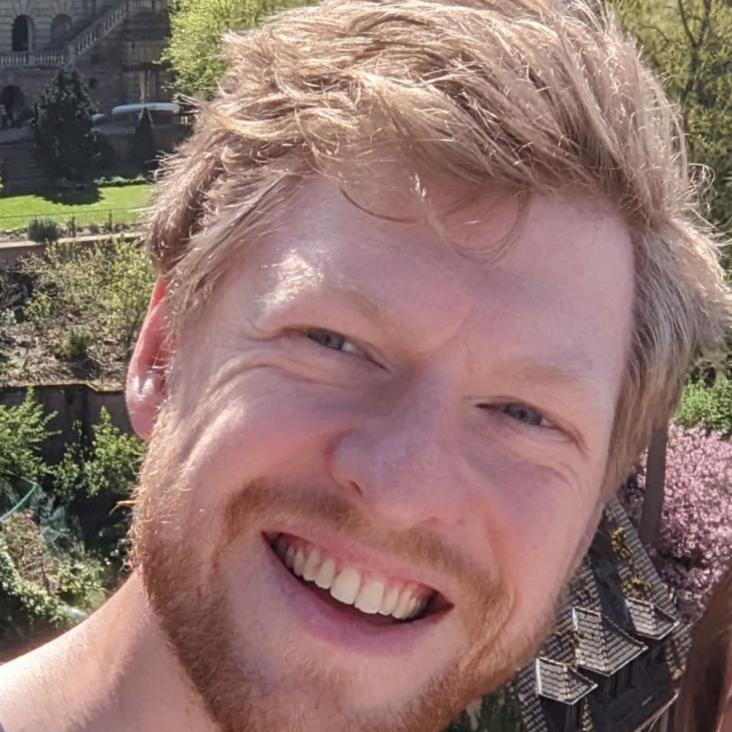Synchronization in rotating supersolids
Nature Physics Nature Research (2025)
Abstract:
Abstract Synchronization is a widespread phenomenon in natural and engineered systems, governing the emergence of collective dynamics in different domains including biology and classical and quantum physics. In quantum many-body systems, synchronization has emerged as a tool to probe out-of-equilibrium behaviour and internal correlations. Supersolids—quantum phases that combine crystalline order and superfluidity—offer a platform to explore synchronization in systems with coexisting broken symmetries. Here we investigate the dynamics of a dipolar supersolid subjected to external rotation. We show that, above a critical driving frequency, the crystal revolution undergoes a sudden synchronization with the rotating field seeded by the nucleation of quantized vortices, hallmark of superfluidity. This transition reflects the interplay between the solid-like and superfluid responses of the system. By comparing simulations of the extended Gross–Pitaevskii equation with experimental observations, we demonstrate that synchronization can serve as a dynamical indicator for vortex nucleation. This approach provides a complementary method to determine the critical rotation frequency for vortex formation in supersolids.Observation of vortices in a dipolar supersolid.
Nature 635:8038 (2024) 327-331
Abstract:
Supersolids are states of matter that spontaneously break two continuous symmetries: translational invariance owing to the appearance of a crystal structure and phase invariance owing to phase locking of single-particle wavefunctions, responsible for superfluid phenomena. Although originally predicted to be present in solid helium1-5, ultracold quantum gases provided a first platform to observe supersolids6-10, with particular success coming from dipolar atoms8-12. Phase locking in dipolar supersolids has been investigated through, for example, measurements of the phase coherence8-10 and gapless Goldstone modes13, but quantized vortices, a hydrodynamic fingerprint of superfluidity, have not yet been observed. Here, with the prerequisite pieces at our disposal, namely a method to generate vortices in dipolar gases14,15 and supersolids with two-dimensional crystalline order11,16,17, we report on the theoretical investigation and experimental observation of vortices in the supersolid phase (SSP). Our work reveals a fundamental difference in vortex seeding dynamics between unmodulated and modulated quantum fluids. This opens the door to study the hydrodynamic properties of exotic quantum systems with numerous spontaneously broken symmetries, in disparate domains such as quantum crystals and neutron stars18.Can Angular Oscillations Probe Superfluidity in Dipolar Supersolids?
Physical review letters 129:4 (2022) 040403
Abstract:
Angular oscillations can provide a useful probe of the superfluid properties of a system. Such measurements have recently been applied to dipolar supersolids, which exhibit both density modulation and phase coherence, and for which robust probes of superfluidity are particularly interesting. So far, these investigations have been confined to linear droplet arrays, which feature relatively simple excitation spectra, but limited sensitivity to the effects of superfluidity. Here, we explore angular oscillations in systems with 2D structure which, in principle, have greater sensitivity to superfluidity. In both experiment and simulation, we find that the interplay of superfluid and crystalline excitations leads to a frequency of angular oscillations that remains nearly unchanged even when the superfluidity of the system is altered dramatically. This indicates that angular oscillation measurements do not always provide a robust experimental probe of superfluidity with typical experimental protocols.Two-Dimensional Supersolid Formation in Dipolar Condensates.
Physical review letters 128:19 (2022) 195302
Abstract:
Dipolar condensates have recently been coaxed to form the long-sought supersolid phase. While one-dimensional supersolids may be prepared by triggering a roton instability, we find that such a procedure in two dimensions (2D) leads to a loss of both global phase coherence and crystalline order. Unlike in 1D, the 2D roton modes have little in common with the supersolid configuration. We develop a finite-temperature stochastic Gross-Pitaevskii theory that includes beyond-mean-field effects to explore the formation process in 2D and find that evaporative cooling directly into the supersolid phase-hence bypassing the first-order roton instability-can produce a robust supersolid in a circular trap. Importantly, the resulting supersolid is stable at the final nonzero temperature. We then experimentally produce a 2D supersolid in a near-circular trap through such an evaporative procedure. Our work provides insight into the process of supersolid formation in 2D and defines a realistic path to the formation of large two-dimensional supersolid arrays.Observation of vortices and vortex stripes in a dipolar condensate.
Nature physics 18:12 (2022) 1453-1458


